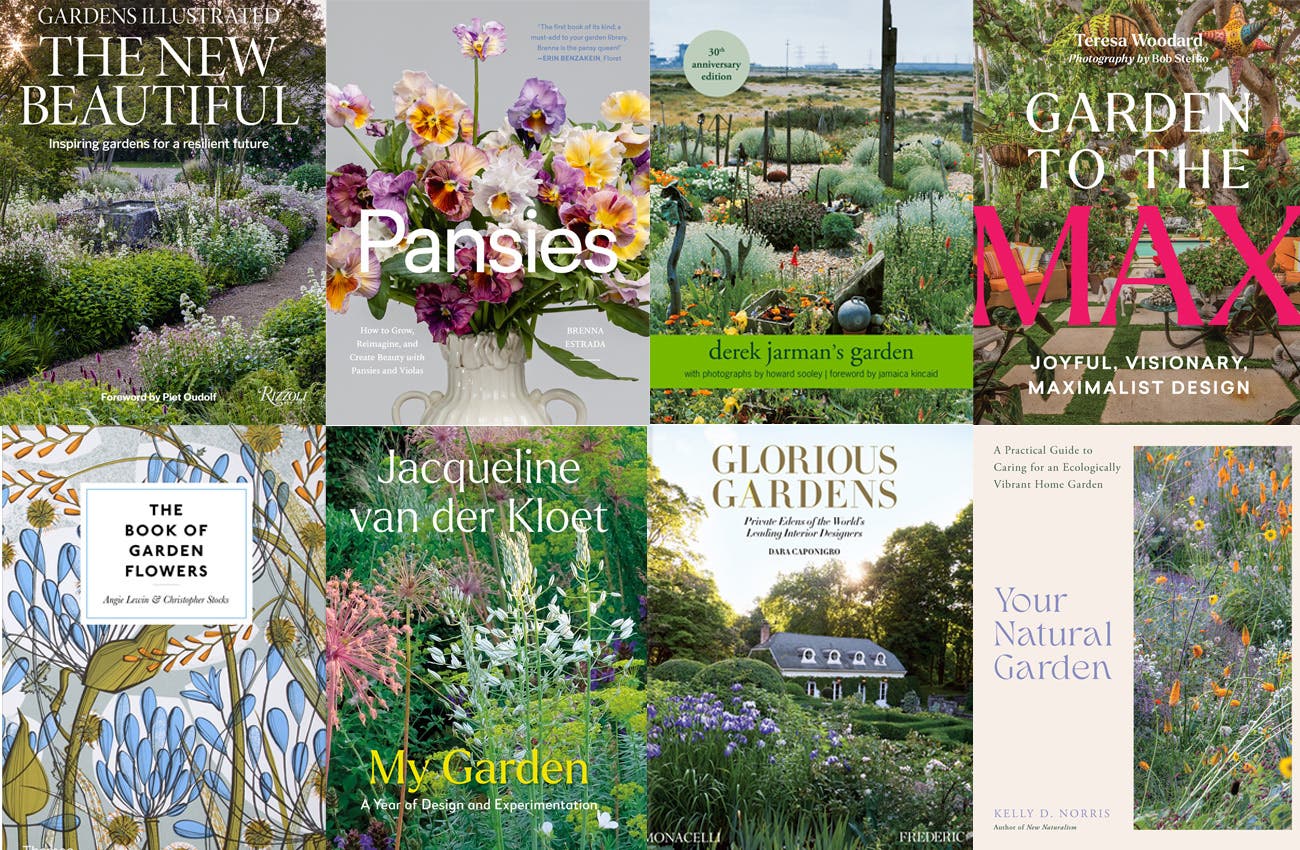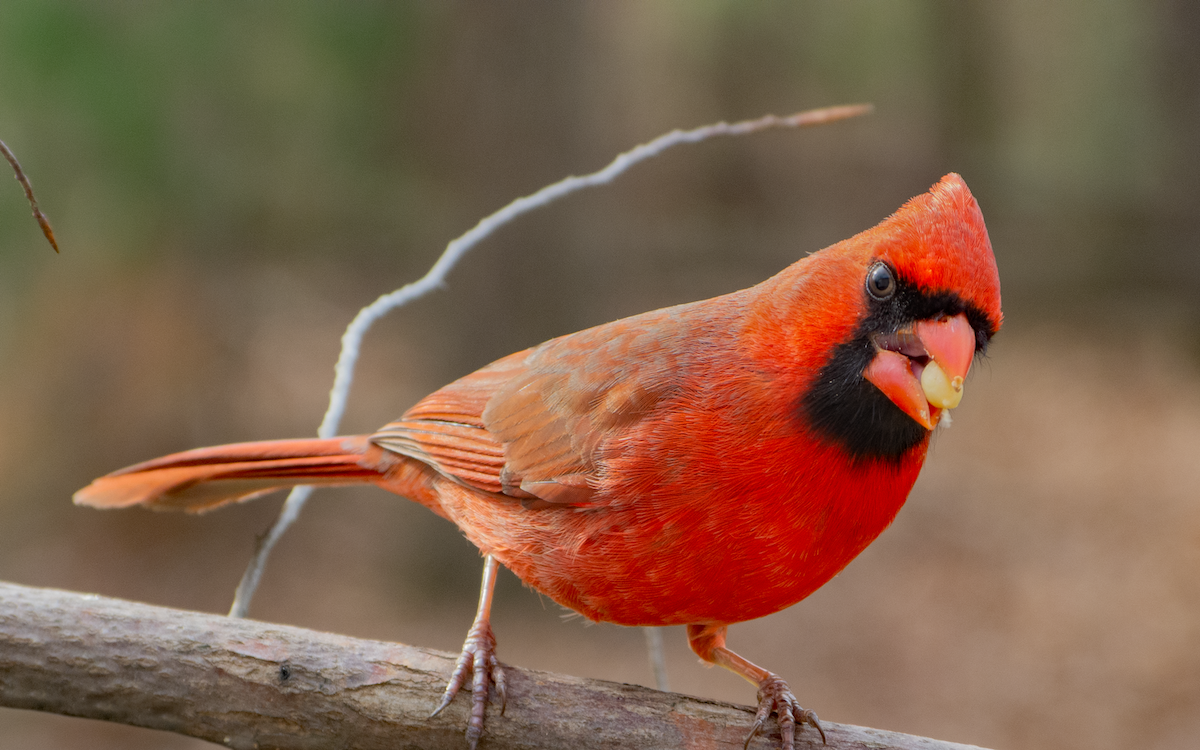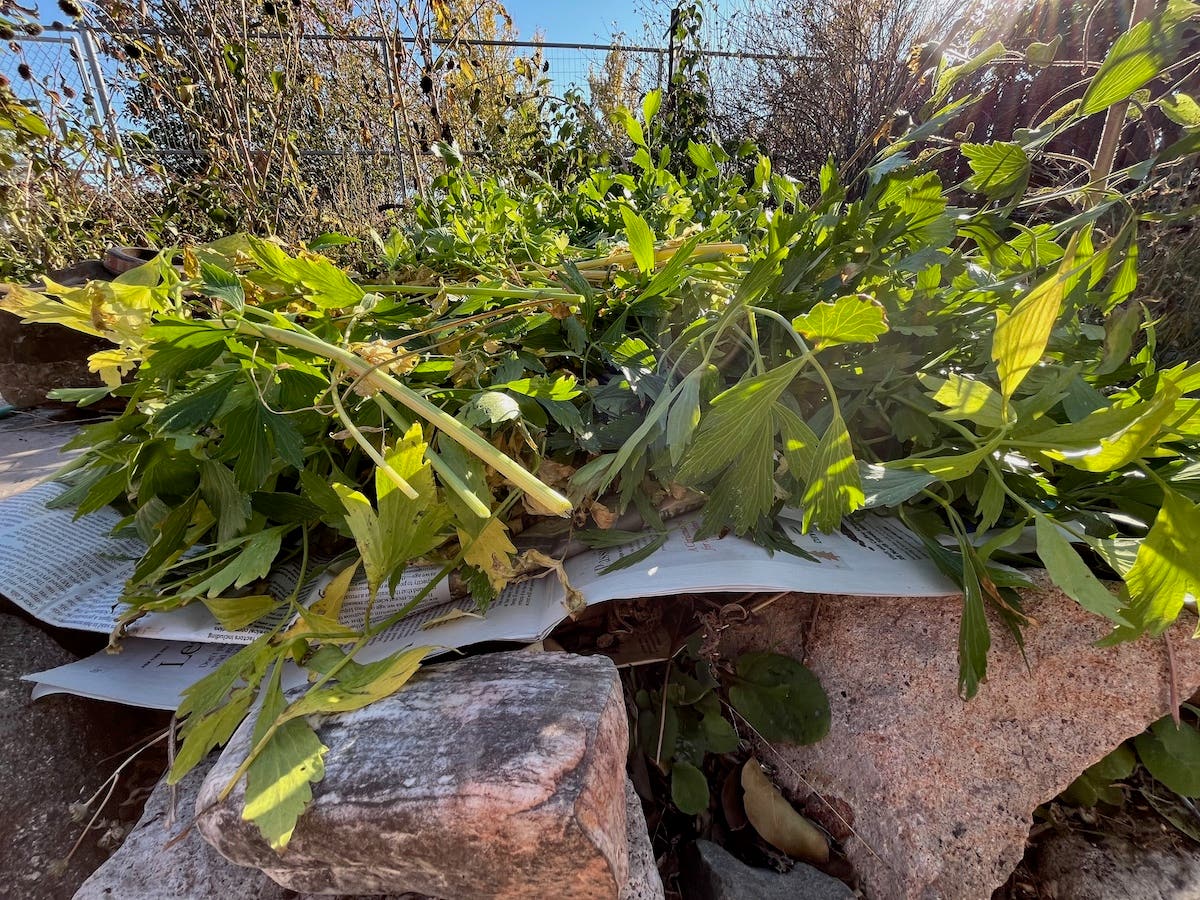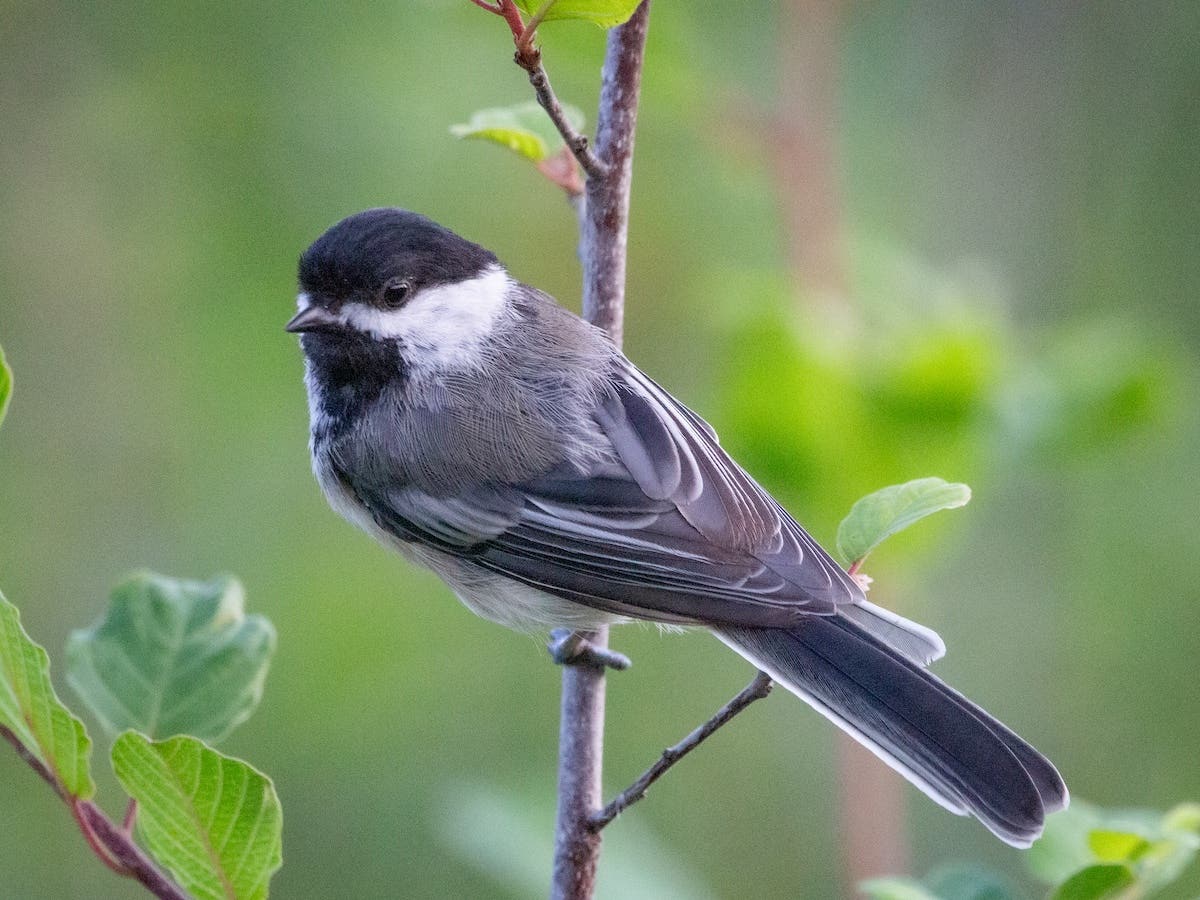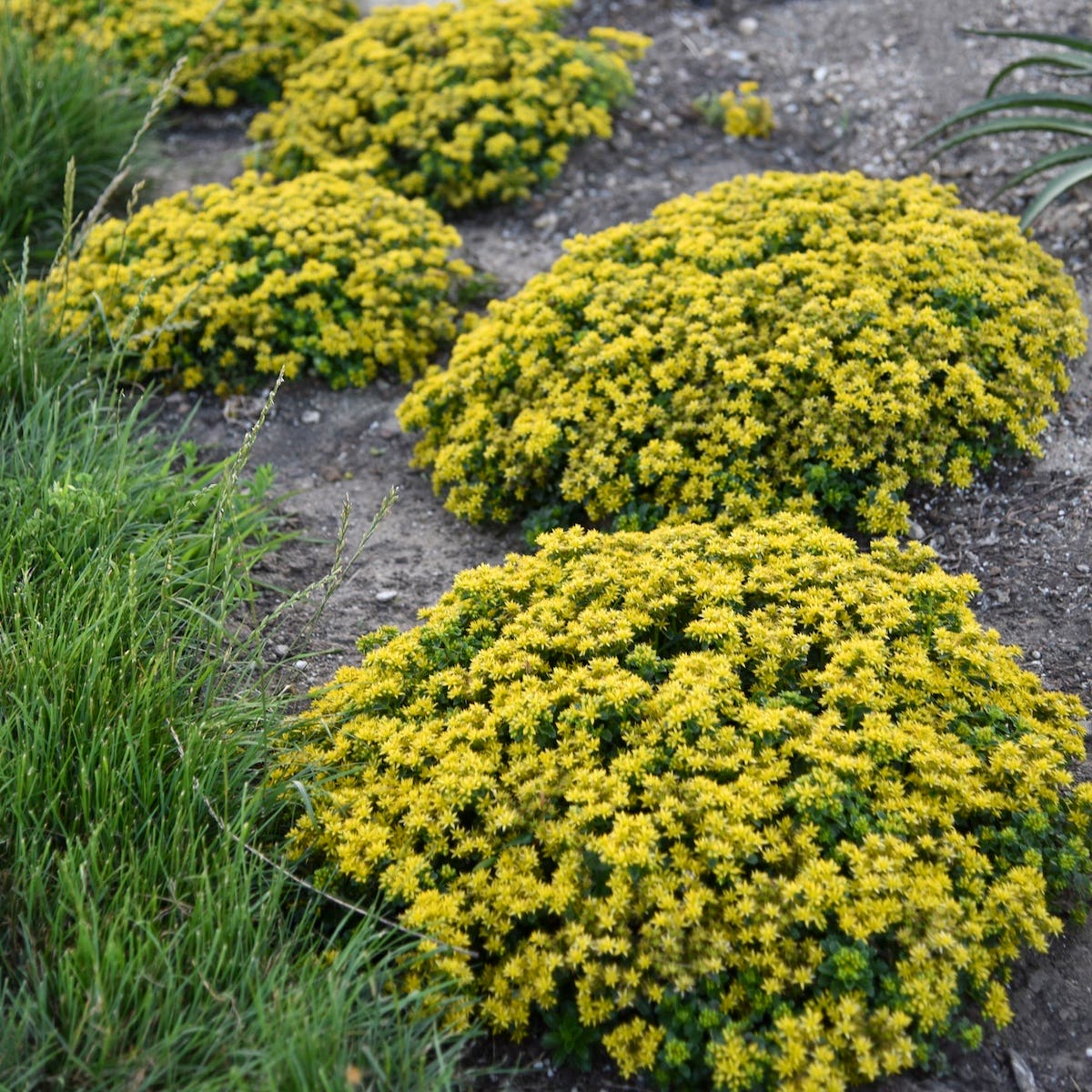Practical Gardening Advice from the Canadian Prairie
Ways to outwit the weather & more.
On the Canadian prairies, we gardeners enjoy a challenging four-month frost-free growing season, low precipitation, drying winds and dramatic temperature swings, not to mention the hail. But the belief that "nothing grows here" really is a myth. All it takes is a little tenacity and a dose of practicality. Here are some strategies I've learned.
1. Extend the Growing Season
Even without a year-round heated greenhouse, anyone can use the greenhouse effect to keep plants warmer at night in the spring. Cold frames and hoop houses do just this. A-frames with a plastic or translucent fabric covering will let in light and trap heat.
To grow early spring greens, try leaving a few cold-weather plants like spinach or kale in the ground all winter under cover. Even tossing a few seeds in a cold frame late in the fall can work.
For several years, people here have been making tiny greenhouses out of clear plastic milk jugs. To do this, punch some drainage holes on the jug's bottom and low down on each side. Cut the jug horizontally almost all the way around, so it opens like a clam shell. Add some wet seed starting mix. Sow a few seeds. Water well and label the jug inside and out. Seal it shut with duct tape, leaving the cap open. Put the jug under the snow and wait for spring. Don't let it dry out.
Based on my unscientific survey of gardeners' true confessions, this works about 50 percent of the time. Why do it? The usual reason is to have hardened off transplants ready to go when the soil warms up. The better reason is to have fresh salad in April.
2. Grow Appropriate Plants
The selection of hardy fruits and vegetables for the prairies is much bigger than most people think. Thanks to plant breeders like those at the University of Saskatchewan's Fruit Program and Alberta's Dr. Ieuan Evans, there are delicious apricots, cherries and grapes available for prairie gardens, to name just a few.
Established garden centers and nurseries stock plants to suit local conditions. Every year they bring in the old faithfuls plus new varieties of both ornamentals and edibles. There are plants of all forms, sizes, and colors available to the diligent searcher. Don't give up.
3. Produce Plants Quickly
The easiest and fastest way to get a plant started is to buy it already grown. With a risk of frost any time in May, it's good to resist the urge to plant outside too soon. Canny gardeners hold back a few replacement plants for emergencies.
Sooner or later all gardeners divide their perennials to make more plants. Fewer take cuttings from easily rooted plants, like tomatoes and zonal geraniums (Pelargonium), but it works. If hail rips up the garden, salvage some cuttings.
Starting plants from seed indoors is fun. However, it's slow, takes up space and requires artificial light. Speed up the sun-loving plants using horticultural heat mats, light bulbs and draft protection. An electric yogurt maker works great as a propagation chamber.
4. Save Moisture
The rain on the plains falls mainly in the spring. After that, drought is a risk. Mulching thickly with compost, wood chips, clean straw or similar organic matter prevents evaporation, suppresses thirsty, competitive weeds and builds the soil.
To get started, weed the area, water well, plant and mulch. Xeriscaping, using home rain barrels and switching from sprinklers to drip irrigation are all good water conservation practices.
5. Protect the Plants
Once pests discover a garden, it may be too late. For prevention, practice crop rotation, companion planting and early detection and removal of the unwanted creatures.
People use lighter-weight floating row covers as insect barriers. Like a hoop house, a row cover creates a protective tunnel of special fabric over the plants. To keep the insects out, tuck the edges of the fabric under the soil. Monitor the row cover so the plants don't get too hot.
Birds love to eat garden produce. Everyone has a pet method for stopping them. In the strawberry patch, try placing a few small rocks painted red with black dots resembling seeds. In theory, the birds will peck the rocks, hate the result and never come back.
Row covers or bird netting might be more effective.
Hail can be heartbreaking. Sometimes it's baseball sized, denting cars, even destroying house roofs and siding. Row covers can provide some hail protection, if they are well supported and the fabric is tough. Wary gardeners put their most vulnerable plants in sheltered places where they will still get enough sun.
6. Use the Microclimate
One adage of gardening everywhere is "Right plant, right place." But a few low-tech modifications can stretch the right place.
Fences, rocks and large plants all provide shelter from the wind. Sturdy trellises can serve as windbreaks while adding vertical planting space, too.
Masonry and water hold heat, releasing it after sundown. Dull, dark rocks, rubble and concrete are very heat absorbent. Plants near a white stucco wall will get reflected light and some heat.
Dr. Evans, the plant scientist who discovered and popularized the prairie-hardy Evans cherry, warns not to plant fruit trees and shrubs facing south. Often after a mild spell of weather in the early spring, the snow and cold temperatures will return. Fruit trees and shrubs growing in warm, sheltered spots may wake up too soon and suffer damage from the later cold. Planting them facing north or northwest lessens that risk.
Prairie gardens aren't just possible, they're amazing. The next time you think “nothing will grow here”—wherever you are—think again!
Jill Browne gardens on the Canadian prairie. For more practical advice based on science and local knowledge, she recommends the free or low-cost resources available from the University of Saskatchewan.


